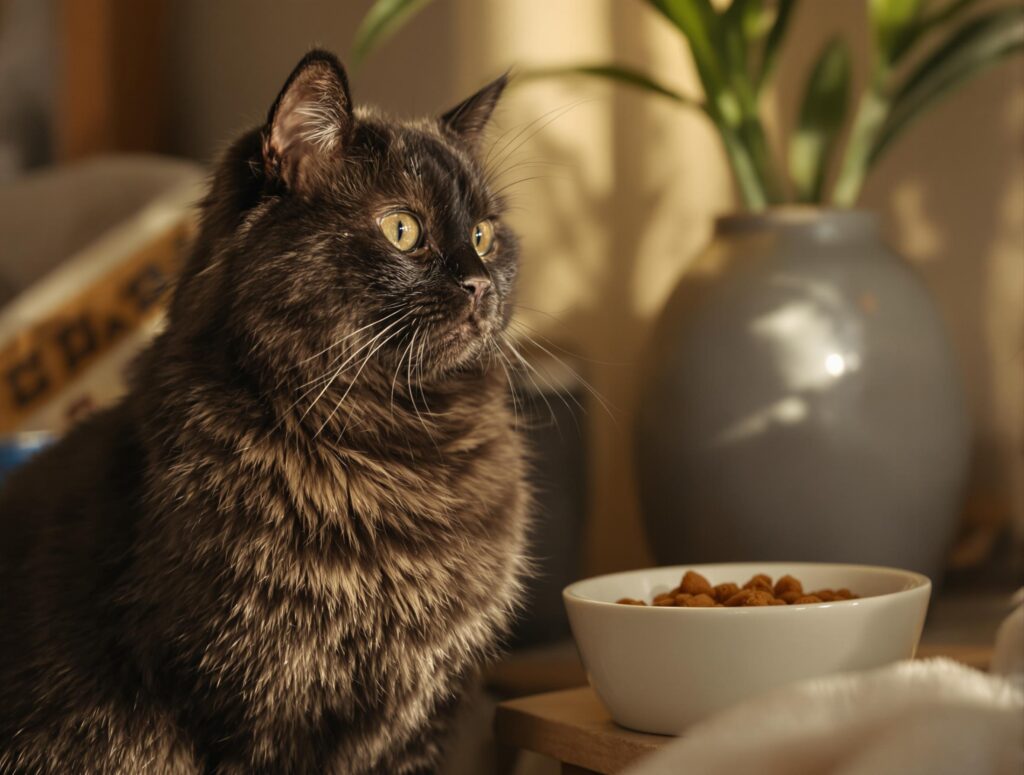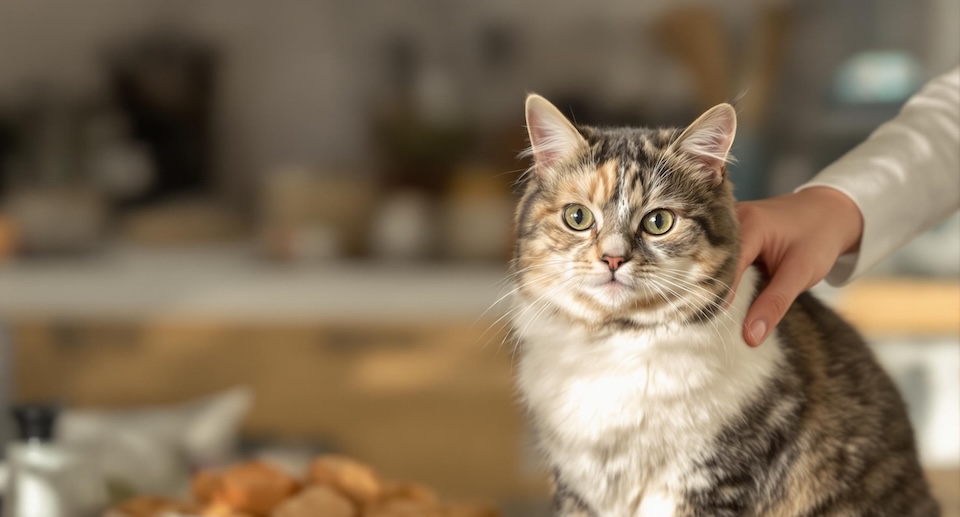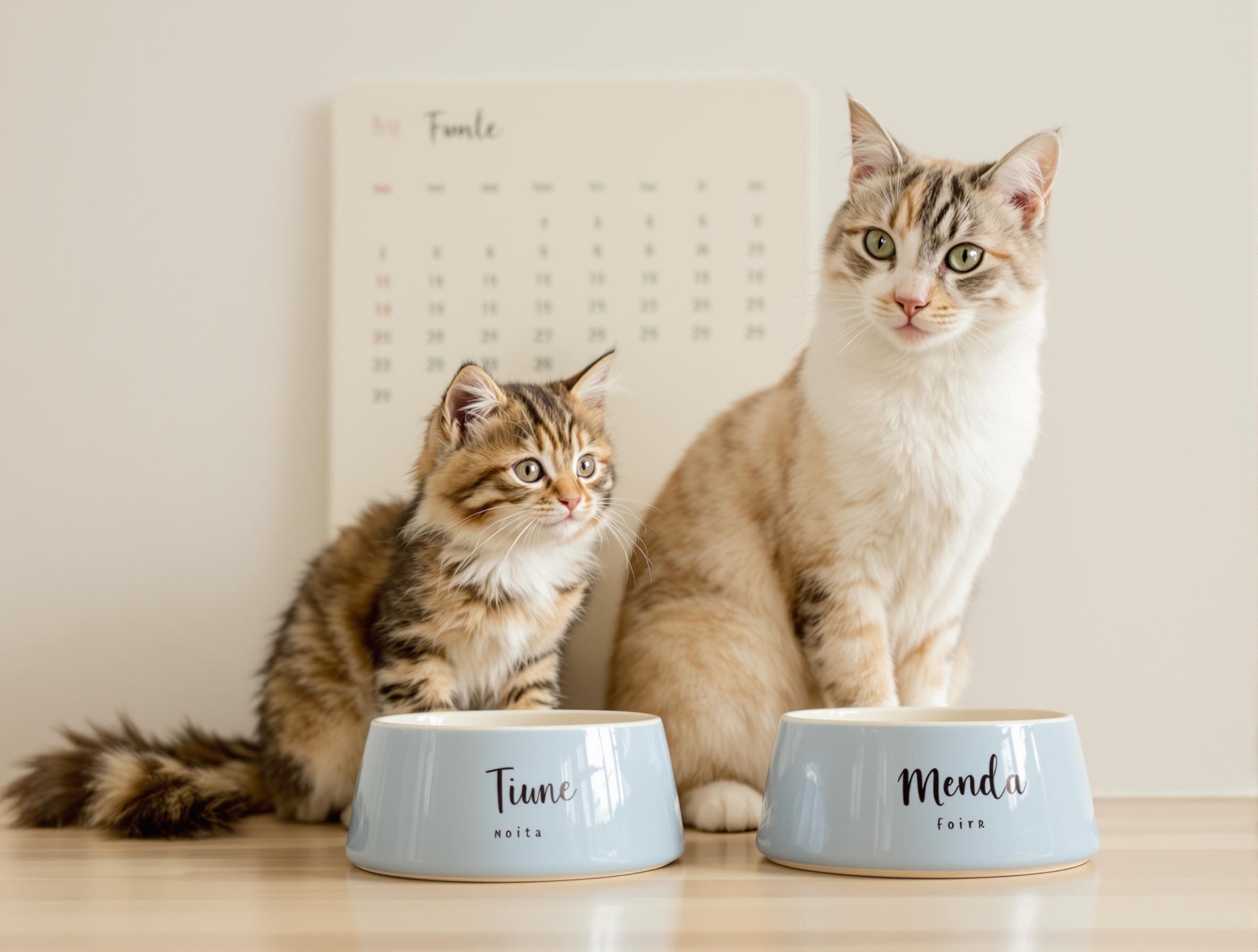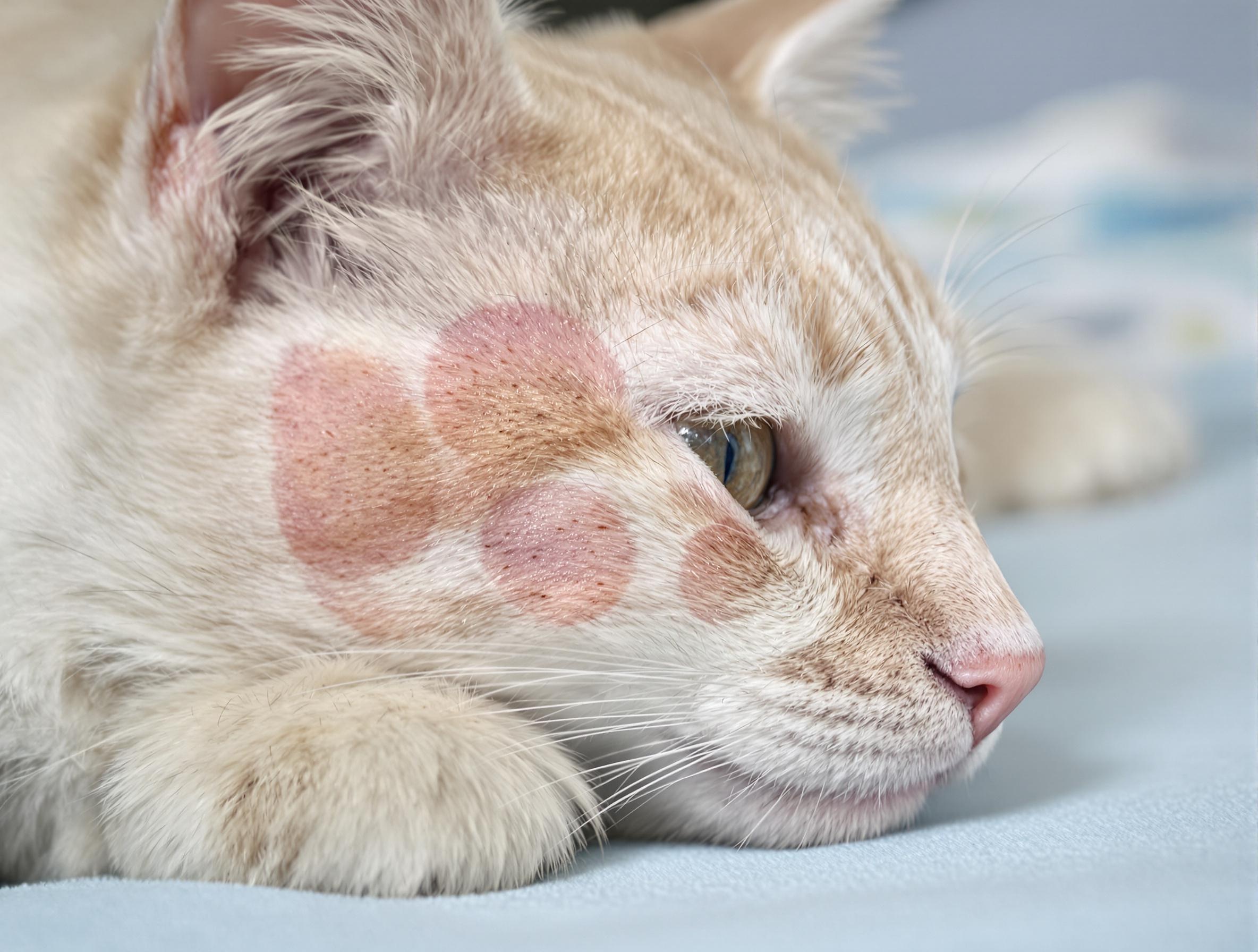How Much Food Should I Feed My Cat?

Key takeaways:
- Feeding your cat the right amount based on their age, weight, and lifestyle is key to keeping them healthy and thriving long-term.
- Whether you go with dry, wet, or raw food depends on your cat’s nutritional needs and daily routine.
- Sticking to a consistent feeding schedule helps with digestion, weight management, and overall well-being while also aligning with their natural eating instincts.
Why Feeding the Right Amount Is Important
Finding the right balance between keeping your cat satisfied and avoiding overfeeding can be a challenge. Research shows that more than 50% of indoor cats struggle with weight issues due to improper feeding habits. Feeding your cat the right amount isn’t just about portion control—it’s about supporting their overall health. A well-structured feeding routine can regulate energy levels, improve digestion, and reduce the risk of obesity and diabetes.
Since eating habits can change with the seasons or activity levels, the best way to ensure proper nutrition is by working with your veterinarian to create a feeding plan tailored to your cat’s needs.
For more guidance, visit Cat Food & Treats on PetMeds for premium nutrition options.
Understanding Your Cat’s Dietary Requirements
Making sure your cat gets the right amount of food at every stage of life is key to keeping them healthy, active, and at a good weight. Kittens, adult cats, and seniors all have different nutritional needs, so adjusting their portions as they grow helps support their overall well-being.
Cat Feeding Guidelines by Age
Kittens (0–6 months)
- Need 4–6 small meals daily to support rapid growth and high energy levels.
- Require twice the calories of an adult cat.
- Transition to 2–3 meals per day by six months old.
Adult Cats (1–7 years)
- Do best with 2–3 meals per day to maintain steady energy.
- Portion sizes should reflect activity level and weight goals.
- Larger breeds, like Maine Coons, may need kitten food until 18–24 months.
Senior Cats (7+ years)
- Require fewer calories as they become less active.
- May benefit from specialized diets for joint health or digestion.
- Regular vet check-ups help adjust portions as they age.

Types of Cat Food and Their Nutritional Benefits
Cats are obligate carnivores, meaning they need a protein-rich, meat-based diet to stay healthy. Ideally, their food should contain 26–30% protein, along with essential fats, vitamins, and minerals.
Dry Food (Kibble)
Dry food is convenient and helps reduce plaque buildup for dental health. High-quality kibble usually contains 30–40% protein and 15–20% healthy fats. Choose a brand that lists real meat as the first ingredient and avoids fillers.
Feeding Tip: Most adult cats need about ¼ to ½ cup of dry food per meal, adjusted for weight and activity level.
Wet Food (Canned Food)
Wet food has a moisture content of 70–80%, keeping cats hydrated and supporting kidney health. It’s ideal for picky eaters or seniors.
Feeding Tip: Adult cats typically need 3–4 ounces of wet food per meal. Wet food is also excellent for kittens who need extra calories for growth.
Raw Diets
A raw diet mimics a cat’s natural eating habits, offering up to 50% protein. It’s nutrient-dense but requires careful handling to prevent contamination.
Feeding Tip: Cats on a raw diet typically need 2–3% of their body weight in food per day, divided into two meals.
How to Create the Best Feeding Schedule for Your Cat
A consistent feeding schedule supports digestion, stabilizes energy, and prevents overeating. Here are some helpful tips:
- Stick to set mealtimes: Feed your cat at the same times every day.
- Serve 2–3 smaller meals: Mimic natural hunting and eating patterns.
- Prioritize wet food: It supports hydration and helps with portion control.
- Adjust portions by activity level: Indoor cats need fewer calories than outdoor cats.
- Watch for appetite changes: Shifts in eating habits can signal health issues.
Common Cat Feeding Questions
Can Cats Eat Dog Food?
A small taste won’t harm them, but cat and dog food have very different nutrient profiles. Cats need taurine, vitamin A, and higher protein levels that dog food lacks.
What’s the Right Balance of Wet and Dry Food?
A balanced diet for an average 8–10 pound adult cat is about ⅓ cup of dry food or 3 ounces of wet food per meal, served twice daily.
How Can I Tell If My Cat’s Weight Is Healthy?
Run your hands along your cat’s sides—you should feel their ribs without pressing hard. From above, they should have a waist; from the side, their belly shouldn’t sag excessively.
When Should I Talk to My Vet About My Cat’s Diet?
Consult your vet if you notice sudden changes in appetite, weight fluctuations, or digestive issues like vomiting or diarrhea.
Taking Steps Toward a Healthier Diet for Your Cat
Figuring out how much to feed your cat means understanding their body condition and energy needs. On average, adult cats need about 300g of wet food daily, but this varies with age, size, and activity.
Small adjustments in portion size or meal timing can make a big difference in your cat’s health. For premium wet and dry food options, explore Cat Food & Treats on PetMeds to keep your cat nourished and thriving every day.





